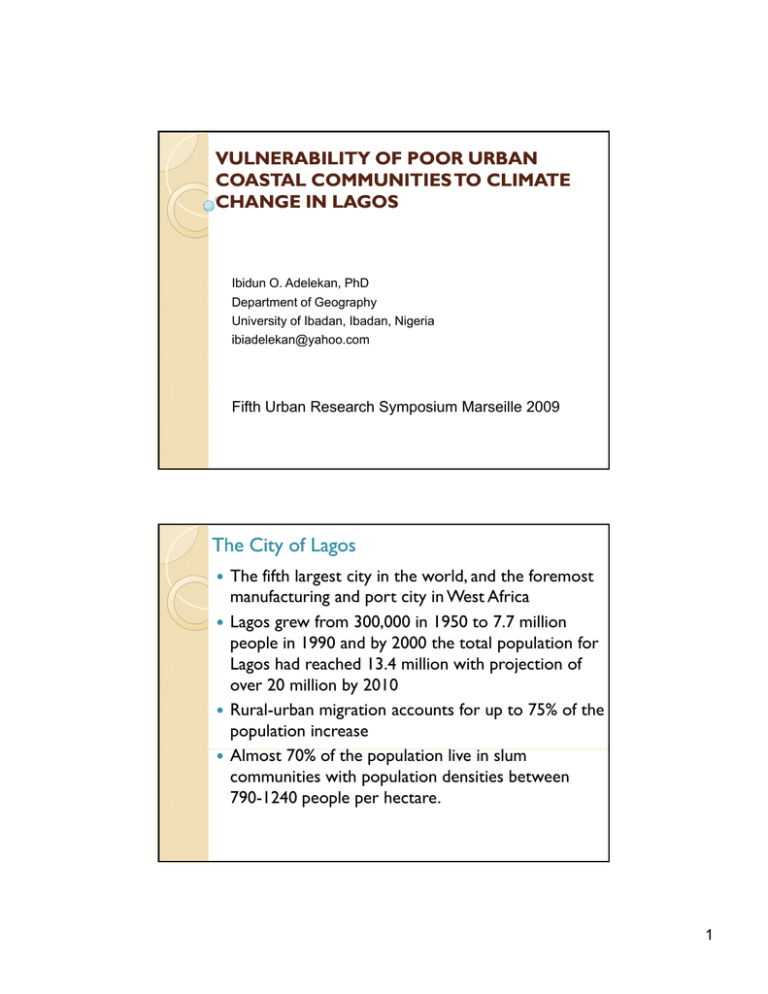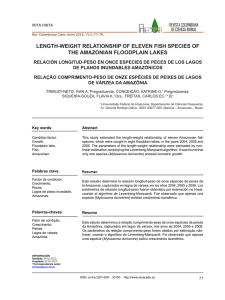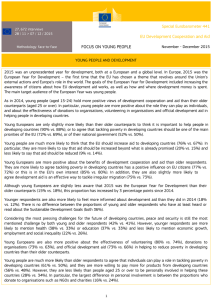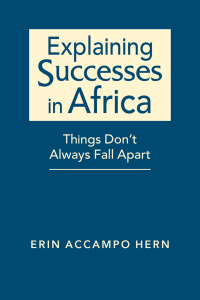The City of Lagos
Anuncio

VULNERABILITY OF POOR URBAN COASTAL COMMUNITIES TO CLIMATE CHANGE IN LAGOS Ibidun O. Adelekan, PhD Department of Geography University of Ibadan, Ibadan, Nigeria [email protected] Fifth Urban Research Symposium Marseille 2009 The City of Lagos The fifth largest city in the world, and the foremost manufacturing and port city in West Africa Lagos grew from 300,000 in 1950 to 7.7 million people in 1990 990 and by 2000 the total population ffor Lagos had reached 13.4 million with projection of over 20 million by 2010 Rural-urban migration accounts for up to 75% of the population increase Almost 70% 0% off the population live in slum communities with population densities between 790-1240 people per hectare. 1 Questions Explored What is the link between city development in Lagos, the growth of slums, and risks from climate change? What are the impacts and vulnerabilities of residents of selected poor urban communities along the coast of Lagos to the increasing risks of floods arising from climate change? Methodology 4 poor urban communities -Makoko, Ilaje Ijora-Oloye Ilaje, Ijora Oloye and Marine Beach-Apapa Household surveys, indepth interviews, FGDs Published data 2 Urban Development and Environmental Change Between 1986 and 2002, the land cover in the Lagos coastal area increased from 85.44km2(43.36%) to 111.89km 111 89km2 (56.78%). (56 78%) While natural vegetation cover reduced from 59.24km2(30.06%) to 38.31km2(19.44%). Wetland loss in the LGAs of the study communities was between 38% and 100% between 1986 and 2006 Flood Perception Over 80% of respondents indicated that their communities as well as houses were flooded 3-4 times in a year Over 50% of respondents p attributed this to overpopulation of the communities. Other major factors mentioned by respondents include: o inadequate drainage system o presence of and increase in water level of lagoon o overflowing g of rivers o blockage of canals due to improper waste disposal o sand filling activities in communities o neglect by government o supernatural factors 3 Impacts and coping strategies Community level Household level Individual level Adaptive Capacity Low Assistance mainly from family and social networks Conclusion The urban poor population in coastal areas of Lagos is increasing rapidly Vulnerability of the urban poor has not been taken i into consideration id i in i urban b planning l i and d development. Measures to increase the adaptive capacity of the urban poor include the restriction of land reclamation activities in newly developing areas, construction of more drainage g systems y takingg into consideration storm runoff responses under high intensity rainfall, proper solid waste management and environmental education for the citizenry. Enforcement of building guidelines 4 Good urban governance in the context of local peculiarities is therefore key to meetingg the challenges g of climate change g in a megacity as Lagos. Thank You for Your Attention! 5


